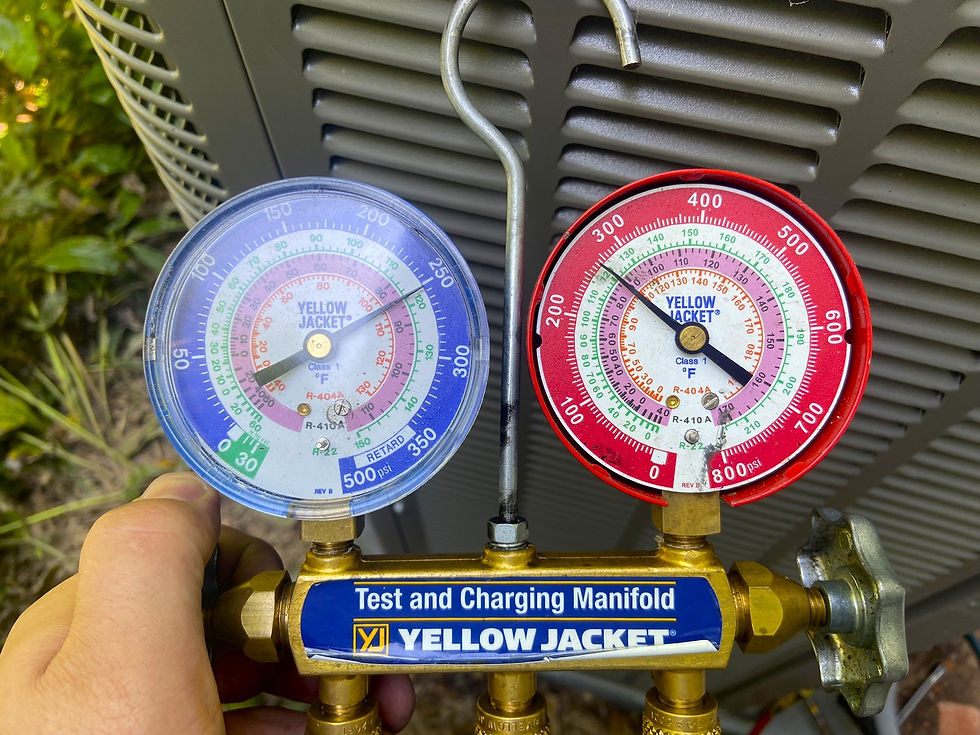Gas Furnace Basics
- Arianne Large

- Jan 21, 2019
- 2 min read
Updated: Jan 24, 2019
Things are getting chilly lately and chances are you’re thinking more about hot chocolate and firewood than iced tea and barbecues. It is easy to take your furnace for granted, but when something goes wrong, your family can be suddenly left in the cold. Furnaces are one of those things that people don’t know a lot about. But, as a homeowner, it’s good to have some general info and to understand some of the basics when it comes to repairs.
THE BASICS
Your gas furnace will kick on when the thermostat senses a difference between the temperature in the room and the temperature set on your thermostat. The air in the furnace is heated and then blown through the venting system and released into the rooms in your home. When the room temperature matches the set point, the furnace turns off.
BASIC TROUBLESHOOTING
No Warm Air? If your system is running, but blowing cold air, check the filter. If the filter is dirty and clogged, it may cause the furnace to overheat and go into a “safety mode”. Also, make sure your gas (or propane) service has not been interrupted.
Nothing Coming On? Check the furnace breaker to make sure it is not tripped. Also, you may have a switch in your attic or crawlspace (similar to a light switch) near the furnace. Make sure it is ON. If your furnace is under the house, check to see if the condensation pipe (PVC pipe) going to the outside is frozen, not allowing the condensation to flow.
TAKE CARE OF YOUR FURNACE SO IT CAN TAKE CARE OF YOU DURING THE COLD WEATHER!
CHANGE THE FILTER
A clogged or dirty furnace filter can impact your indoor air quality, leaving your family sneezing and wheezing. A clogged air filter can also put strain on your furnace, making it harder to do its job. This will raise the heating bill and shorten your furnace’s lifespan.
MAINTENANCE
Furnace manufacturers all recommend annual inspections and maintenance by a qualified technician, not only to keep their parts warranty valid, but to ensure efficient and safe operation.
CO DETECTOR
Carbon monoxide (CO) is produced when fuel is burned, such as the gas in your furnace. Any fuel-burning appliance can develop a carbon monoxide leak, which is a life-threatening danger to anyone in the home. Be sure to replace the batteries in your CO detectors and smoke alarms regularly.
Understanding the basics of furnace functions is important for any homeowner, but when it comes to repairs, aside from basic troubleshooting, it’s best to leave it to the professionals. They come with experience, training, certification, and they guarantee their work.
If you start noticing issues with how your heating system is functioning, contact Helms Heating & Air Conditioning and schedule an appointment. Be sure to check our current promotions.




